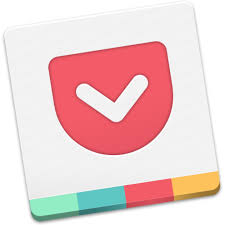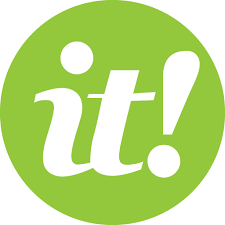Finding Information
My first step when I need information is to consider which source might best house it. I consider the nature of my inquiry, the specificity of the information, and the application I hope to apply the found information to.
Among my most frequently used tools are Google, UptoDate, and Reference Apps. Google, I have to admit, is my most frequently used tool. I tend to use Google more for personal information inquiries, such as looking up a recipe, or answering trivial questions that come up around the dinner table. Of course, the quality of information found is only as good as the search. Evaluating the quality of evidence Google provides requires evaluating each search result; a time consuming and cumbersome task. For this reason, for many clinical information quests, I use UptoDate. UptoDate is a database for healthcare providers to utilize synthesized evidence-based summaries of medical topics, available at the point of care (Product, 2018). I value that they are committed to continuously updating the information they provide. It can be accessed through a desktop computer, or through a mobile app; keeping the information at my fingertips.
Curation Tools
 Deciding on the best way to house good information has been a struggle, and one I haven’t quite refined. Over the years, my choices have been shaped by: ease of ability to access, the impermanence of devices, and the desire to have information organized in a meaningful and visually appealing way. Presently, my two primary storage sources are Google Drive, and Google Keep. Keep I use for nearly everything, from to-do lists, to Midwifery specific tags that allow me to access clinically relevant info and tools! Drive is my document hub. It is searchable, and accessible from any device.
Deciding on the best way to house good information has been a struggle, and one I haven’t quite refined. Over the years, my choices have been shaped by: ease of ability to access, the impermanence of devices, and the desire to have information organized in a meaningful and visually appealing way. Presently, my two primary storage sources are Google Drive, and Google Keep. Keep I use for nearly everything, from to-do lists, to Midwifery specific tags that allow me to access clinically relevant info and tools! Drive is my document hub. It is searchable, and accessible from any device.
In trying out new tools, I like Pocket for it’s seamlessness into other browsers, apps, and websites. However, I was hoping for a place where I could share lists of resources as a whole. ScoopIt seems to fulfill this niche, and beautifully so. However, the free accounts are limited to 50 “scoops”. Therefore, I worry about the longevity. I am still a fan of Google Keep – and the ability to share notes with other users. However, unless resources are lumped into one note, it is difficult to share more than one resource. 
What I find interesting about cloud based storage is the sense of permanence. Recently, I was listening to a podcast called The Minimalists. On the show, the hosts were asking their guest, Derek Sivers, about digital minimalism. Sivers challenged my notion that I “owned” content in the cloud. He pointed out, that all of these services are run by corporations who have no legal, or ethical, obligation to safely store my content in perpetuity – especially on free accounts (Millburn & Nicodemus, 2018). This has encouraged me to reevaluate my choice in information storage, and the curation of it.
All is to say, I’m still exploring, and trying to discover features I didn’t see in hopes of finding the right “fit”. Decisions, decisions!
References:
Millburn, J. F., & Nicodemus, R. (Writers). (n.d.). 127 Sivers [Series episode]. Retrieved May 13, 2018, from https://www.theminimalists.com/p127/
UptoDate. (2018, April 11). Product. Retrieved May 13, 2018, from https://www.uptodate.com/home